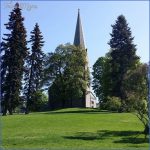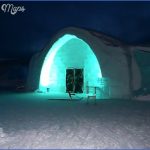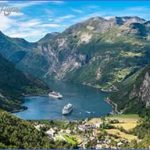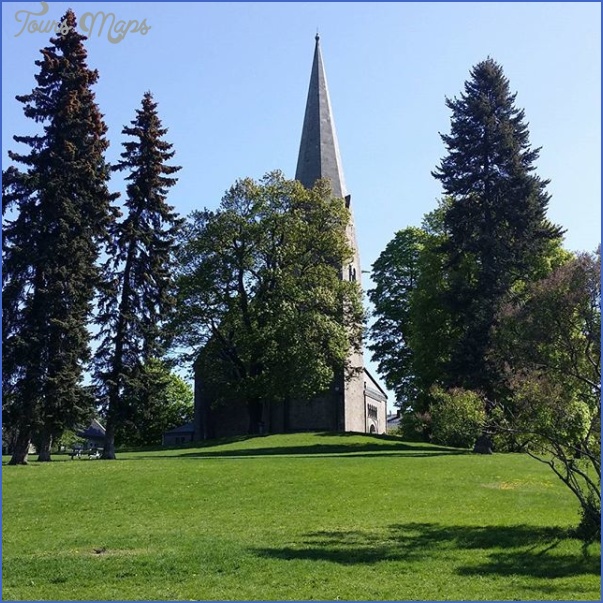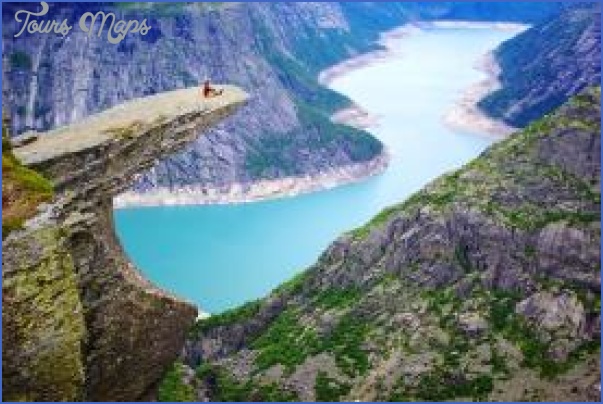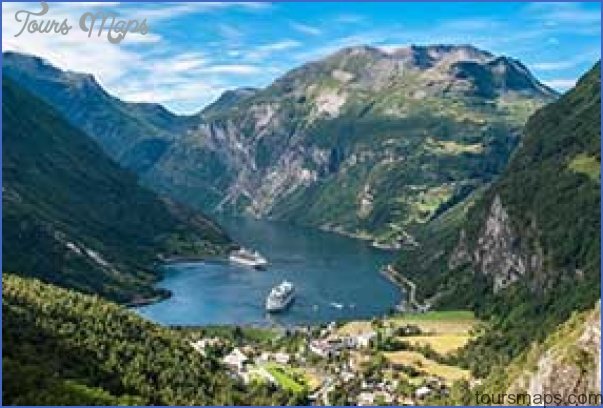Reformation and a series of fires, the abbey and its church fell into a dilapidated state. The church was restored by Magnus Gabriel de la Gardie between 1654 and 1673, when it acquired the buttresses which now give the building its characteristic look. De la Gardie and his wife are buried in the church. Conservation work has been carried out on the ruins of the abbey, and some of the finds made during excavations in 1923-7 can be seen in the museum.
Kinnekulle (306 m 1004 ft) is a plateau very characteristic of Vastergotland. From the top of the hill (14 km (9 miles) long, 6 km (4 miles) across), covered with coniferous forest (firs), there are fine views of Lake Vanern. The plateaux in this region came into being about 500 million years ago, when the ancient rocks (gneiss) sank into the sea. For millions of years sand, mud and the remains of algae, insects, crustaceans and fish were deposited on the sea floor; in the course of time they turned into stone. Streams of lava later gushed up through clefts in the rock and formed rings around certain areas; then, when the land gradually emerged from the sea again, the more exposed strata were eroded while those protected by the lava remained. The result of this development can be observed on Kinnekulle, with its series of steps showing the succession of strata from the ancient rocks upward and throwing important and interesting light on the geological history of the region. Kinnekulle is particularly interesting since it was the last of the plateaux in Vastergotland to be formed and has, therefore, the most complete sequence of sediments.
Mariestad (pop. 17,000; Hembygden Hotel, 25 Hassleror, 57 Victoria, 40 youth hostel; camp site), located on Lake Vanern, at the mouth of the Tida, is an industrial town which was almost completely rebuilt after a fire in 1895. To the N of the town stands the Cathedral (1593-1619; restored 1958-9). On an island in the river is Marieholm Castle, residence of the governor of Skaraborg province (local museum).
The history of Kristinehamn (pop. 22,000; Stadshotellet, 70 Froding, 59 Park, 35 b.) has been shaped by its location on Lake Vanern. During the Middle Ages it was a market town and port; its importance was enhanced by the development of iron mining in Bergs-lagen, when Kristinehamn became the port of transhipment ofthe ore. It received its municipal charter in 1642, during the childhood of Queen Christina, and was named after her. When the railway came to Kristinehamn in the middle of the 19th c.the importanceofthetown asa portfor the shipment of iron and timber was further increased. It retains that important role today. On a promontory extending into the lake is a 15 m (50 ft) high concrete sculpture by Picasso which he presented to the town in 1965 (photograph, p. 158). 4 km (2J miles) S of the middle of the town is a runic stone dating from the year 500 and 5 km (3 miles) W the Ostervik Chapel (Georg Adlersparre, 1869), with an attached school. 25 km (15 miles) E of Kristinehamn, at the N end of Lake Mockeln, is Karlskoga (pop. 38,000; Esso Motor Hotel, 230 Rex, 76 b.), which obtained its municipal charter as recently as 1940. The surrounding area has been a mining region for centuries. To the E of the town are the Bofors steelworks and rolling mills, established in 1646, which were acquired at the end of the 19th c. by Alfred Nobel, the inventor of dynamite and founder of the Nobel Prizes (housing for staff and employees). To the N of the town is a wooden church (16th c. wall paintings).
At Kristinehamn E18, coming from Stockholm, joins the route around the lake.
Travel to Scandinavia in may Photo Gallery
Maybe You Like Them Too
- The Best Cities To Visit in The World
- World’s 10 Best Places To Visit
- Coolest Countries in the World to Visit
- Travel to Santorini, Greece
- Map of Barbados – Holiday in Barbados

